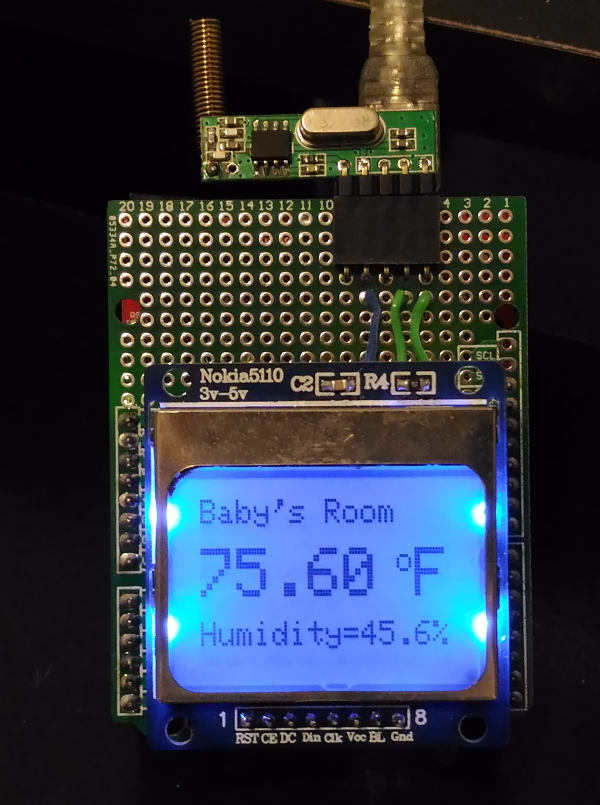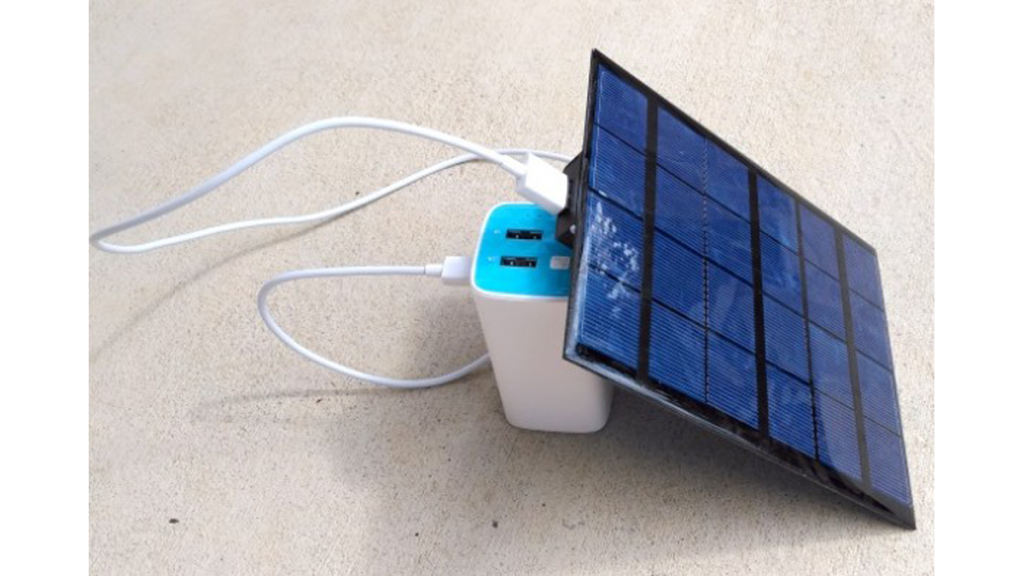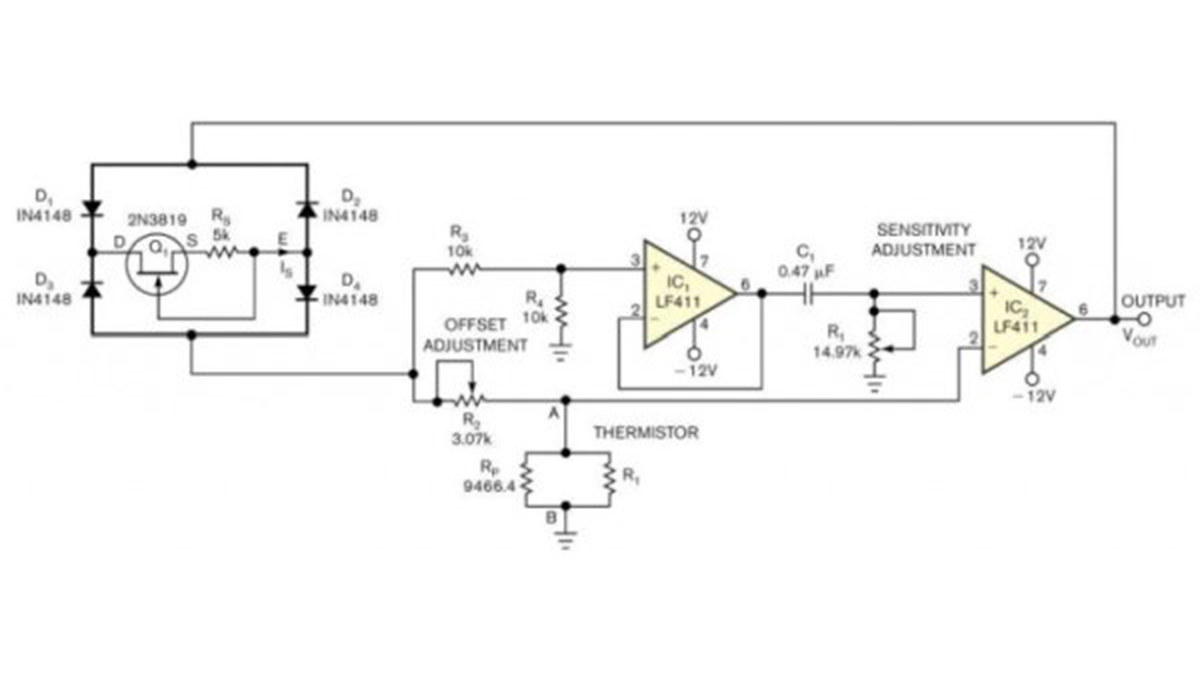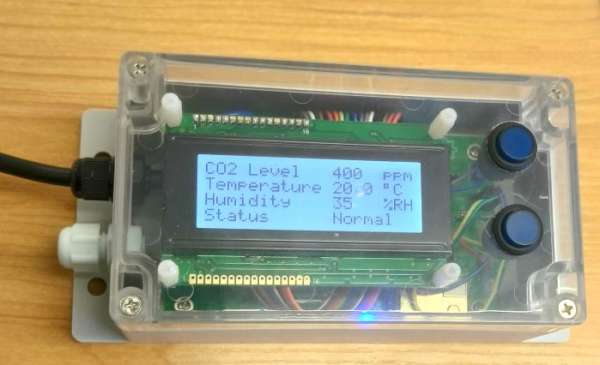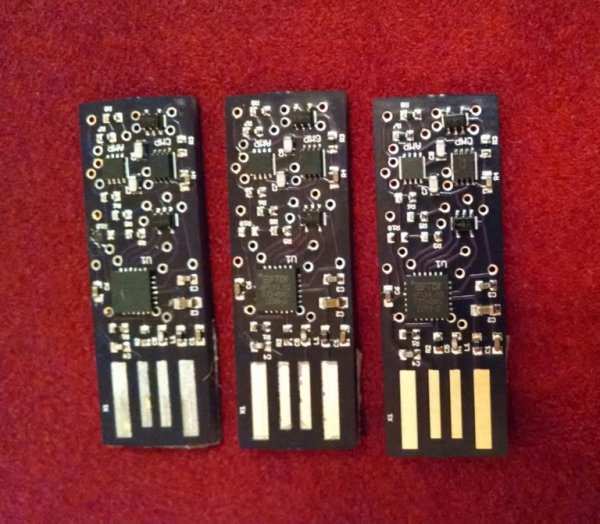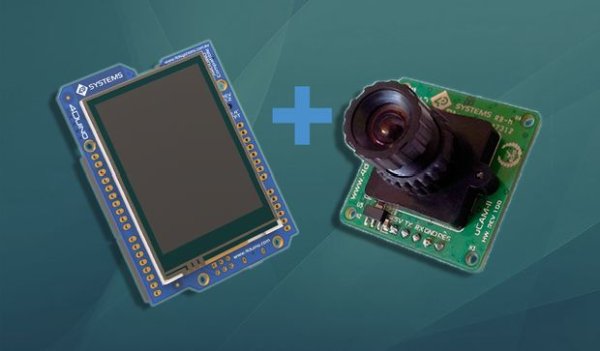Wireless temperature and humidity monitor for baby’s room
This project describes a DIY wireless temperature and humidity monitor for kids’ or infant’s room using the Arduino platform, and inexpensive and easily available ASK transmitter/receiver modules. On the transmitting end, an Arduino nano senses the ambient room temperature and humidity using the DHT22 sensor and transmits the data to a receiving end Arduino over […]
Wireless temperature and humidity monitor for baby’s room Continue Reading

